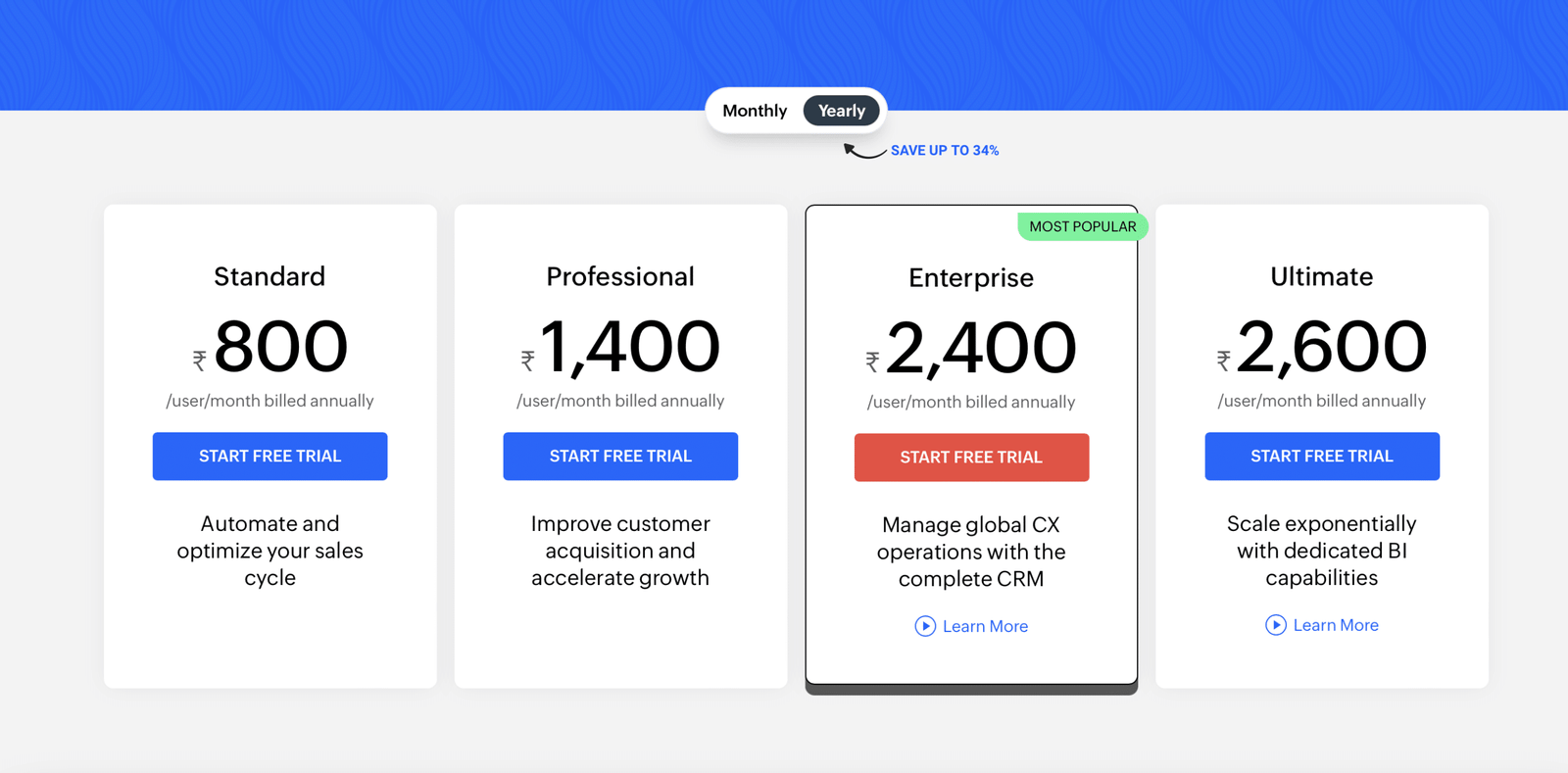Software-as-a-Service (SaaS) has revolutionized the way businesses access and utilize software. However, the pricing models employed by some SaaS providers have come under scrutiny for their predatory nature. In this blog post, we will explore the issues surrounding software pricing in SaaS and discuss how we can work towards a fairer and more transparent pricing model.
Understanding SaaS Pricing Models
SaaS pricing models vary widely, and it's important to understand the different approaches. Some common SaaS pricing models include:
1. Flat-rate pricing: This model offers a fixed price for a set of features or services, regardless of usage. It provides simplicity and predictability for customers but may not be cost-effective for all users. For example, Basecamp has a really simple and fixed pricing structure.

2.Tiered pricing: With tiered pricing, customers can choose from different pricing tiers based on their needs. Each tier offers a different set of features or usage limits, allowing customers to select the most suitable option. This approach is all too common in SaaS, where the majority of providers use it..

3.Usage-based pricing: This model charges customers based on their actual usage of the software. It offers flexibility and scalability, as customers only pay for what they use. However, it can lead to unpredictable costs for customers. Firebase’s pricing model is designed so that users only pay for what they want to use. Other notable examples of this approach can be seen with cloud service providers such as AWS and Azure.

The Predatory Nature of Some SaaS Pricing Models
While SaaS pricing models can provide value and flexibility, some practices within the industry have raised concerns. Predatory pricing models can exploit customers and hinder fair competition. These practices may include:
1.Hidden fees and complex pricing structures: Some SaaS providers employ complex pricing structures and add hidden fees, making it difficult for customers to understand the true cost of the software. To fully understand the software's capabilities, the user must dive into the application and add a significant amount of data to experience real-time use cases. After this, the SaaS provider will have plans set up in a way that encourages users to purchase the software.
2.Lock-in contracts: Lock-in contracts bind customers to long-term commitments, making it challenging to switch providers or negotiate better terms. This lack of flexibility can lead to customer dissatisfaction and hinder innovation. This is particularly apparent with Adobe SaaS products, where the user is not aware of the lock-in period and penalty charges for breaking the contract. This can lead to a complete disconnect and loss of trust with the service provider.

3.Price hikes without added value: SaaS providers may increase prices without offering significant improvements or additional features, leaving customers feeling exploited and undervalued.
Moving Towards a Fairer Pricing Model
To address the predatory nature of some SaaS pricing models, we must strive for transparency, fairness, and customer-centricity. Here are some steps we can take:
1.Transparency: SaaS providers should clearly communicate pricing structures, including any potential fees or usage limitations.Transparent pricing allows customers to make informed decisions and fosters trust.

2.Flexibility: Offering flexible pricing options, such as pay-as-you-go or customizable plans, empowers customers to choose what best suits their needs. This flexibility promotes fairness and customer satisfaction.

3.Value-based pricing: SaaS providers should align pricing with the value delivered to customers. Pricing should reflect the benefits and outcomes customers can achieve with the software, ensuring a fair exchange of value.
4.Customer feedback and collaboration: Actively seeking customer feedback and engaging in open dialogue can help shape pricing models that meet customer needs. Collaboration between SaaS providers and customers fosters a sense of partnership and ensures pricing reflects customer expectations.
By challenging the predatory aspects of some SaaS pricing models and embracing transparency, flexibility, and customer-centricity, we can work towards a fairer and more sustainable software pricing ecosystem in the SaaS industry.

Written by: Sri Harsha | Founder - ZONE
